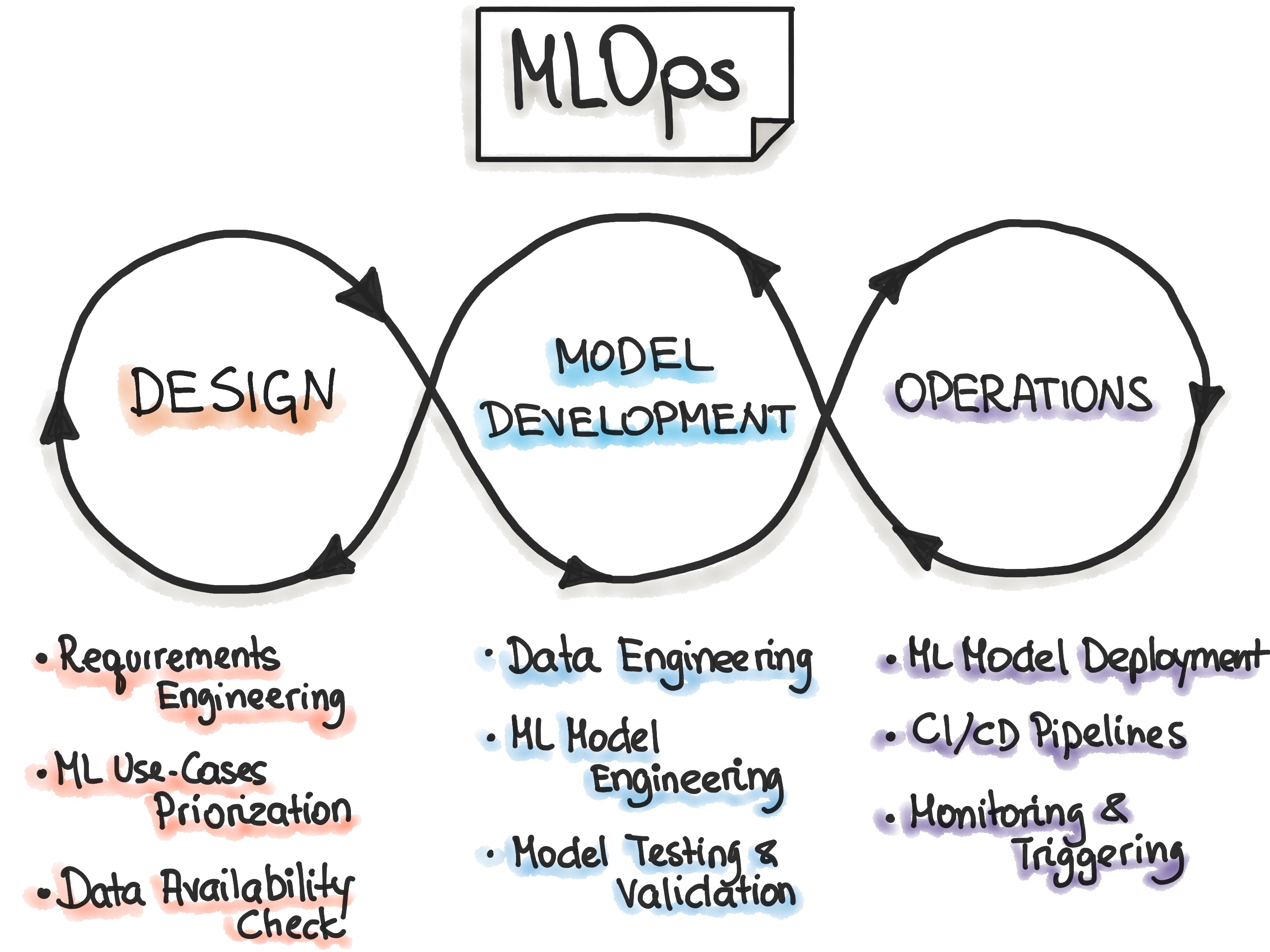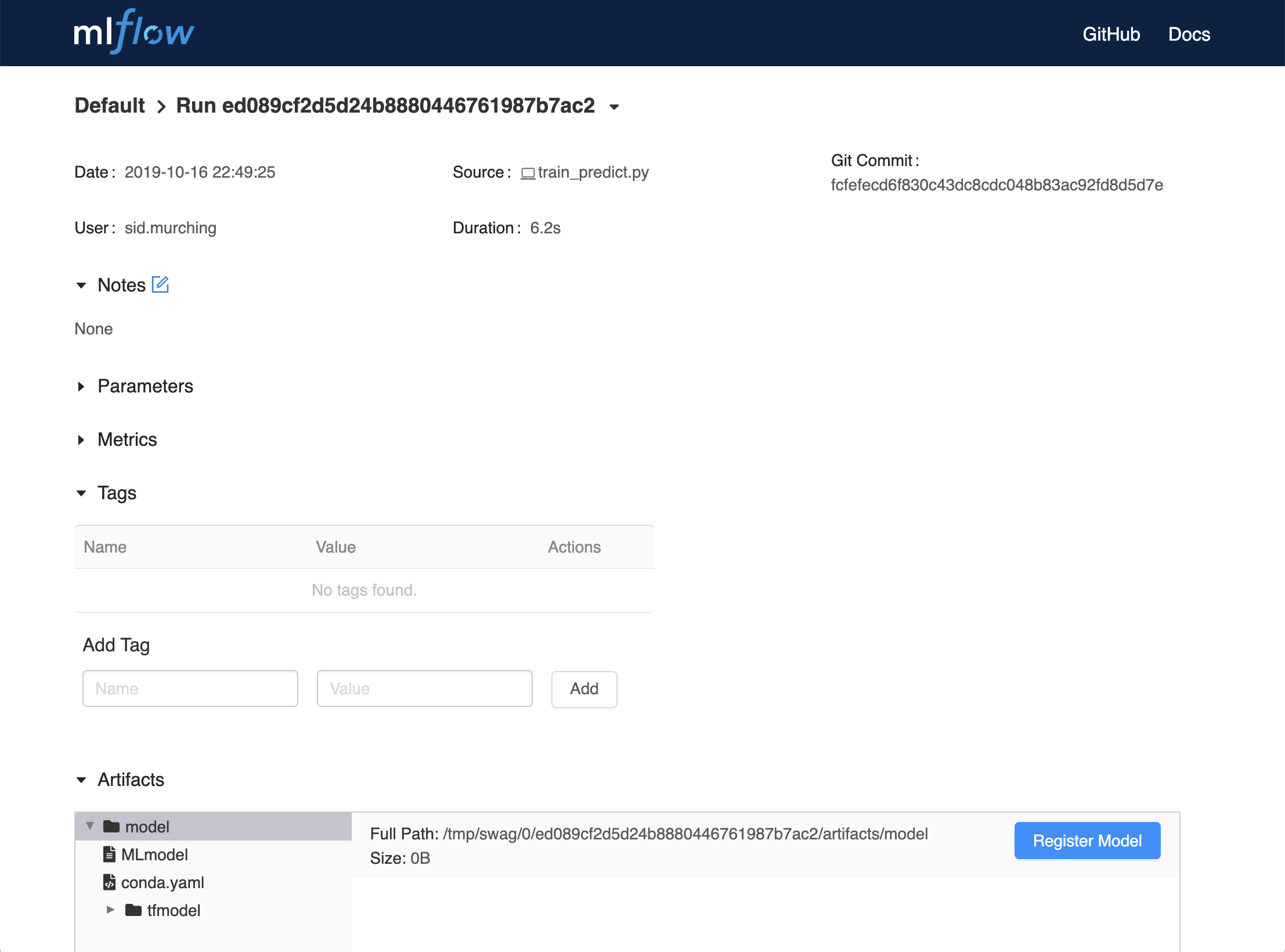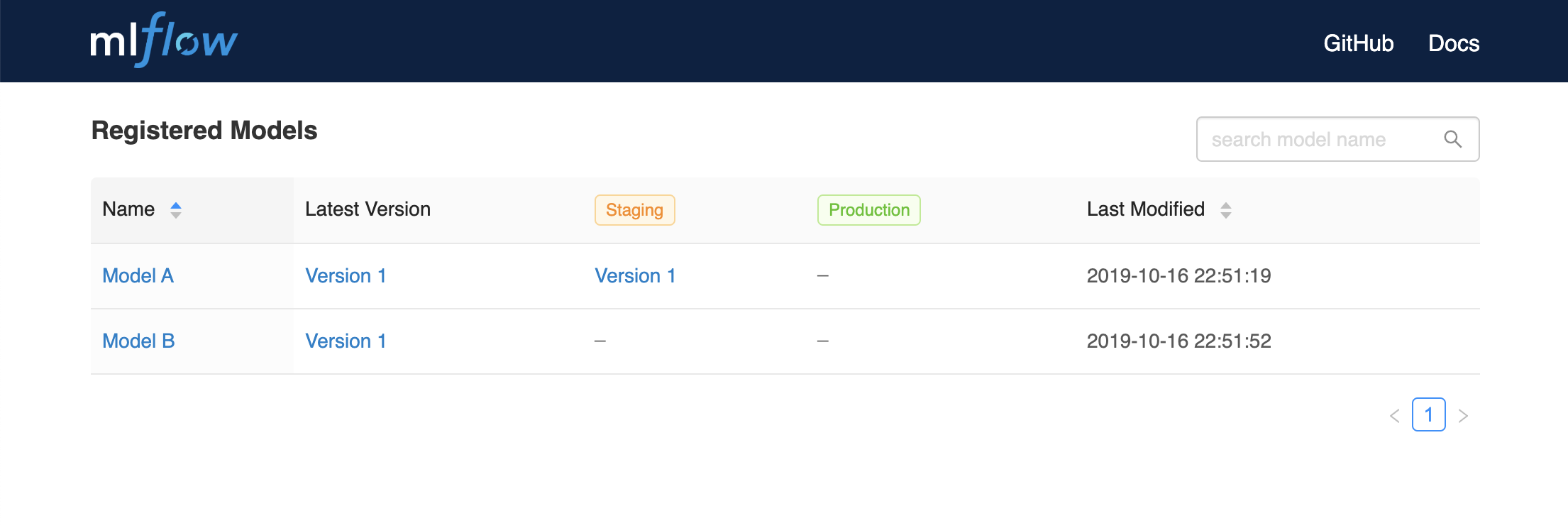This article was published as a part of the Data Science Blogathon.
Introduction
In this article, we will be seeing MLOps from the dimension of one of the powerful tools that make it easy to implement. These tool help to improve the deployment process for robust machine-learning projects. We will start by briefly seeing MLOps before diving into the usage of MLflow for MLOps.
The concept of MLOps can be complex for novices. A good way to decipher it is by using an implementation tool like MLflow. The belief in this article is that MLOps tools can help understand MLOps concepts generally.
What is MLOps?
The terms “machine learning” and “DevOps” are combined to form the term “MLOps,” which is used in software development. MLOps can be seen as a set of guidelines that machine learning (ML) experts follow to hasten the deployment of ML models in real projects and enhance the overall integration of various project pipeline operations.
It can be viewed as expanding the DevOps technique to incorporate data science and machine learning. The propagation of AI in software production creates a need for agreed-upon best practices to provide testing, deployment, and monitoring of the new system.

MLOps brings together design and operations in a way that makes the development of happen on a robust platform. MLOps require all the data, or artifacts, for model deployment to be contained in a group of files created by a training project. After grouping these model artifacts, developers must have the means to keep track of the code used to create them, the data used to train and test them, and the connections between them. This makes it possible to automate the steps of app creation and delivery. This helps CI/CD so ML apps can be continually deployed, integrated, and delivered.
Benefits of Using MLOps
There are three key things MLOps bring to the table; there are automation, continuous deployment, and monitoring.
Automation
Automation removes the manual process of doing things. Automation helps the process of building regular ML models without any manual intervention. For instance, automated testing or debugging could reduce human error and save correction time. Before the problem gets out of hand, it is fixed or reported right away.
Monitoring
Monitoring is another form of automation, but it involves sending signals when certain conditions are met. These signals could be on models or data. It may be when an anomaly is detected, such as a drift, while for models, it may be when a metric or hyperparameter is triggered. This could be after a model is deployed so that even when it is in production, it is still receiving new data and automatically retraining it.
Continuous X
This is another key benefit of MLOps, but what does “X” imply? This also implies automation, where there is a loop in production. This could be continuous Delivery, commonly known as CD, Continuous Integration CI, Continuous Training CT, Continuous Monitoring, etc. You can add to the list too! This feature in MLOps provides a sort of automation that allows an extension even after deployment or in the process of deployment where there is continuous provision of some variables of some sort.
What are MLOps Tools?
Note that these tools are not directly meant for implementing MLOps, they only have good features for uplifting the ML process to MLOps. MLOps tools help organizations apply DevOps practices to creating and using AI and machine learning (ML). They were developed to help close the gap between developing ML models and reaping the benefits of those models in the commercial world.
The type of tool to employ depends on the nature of the project. These tools can be seen as simply platforms for effectively implementing MLOps.
What is MLflow?
MLflow is an open-source platform for managing the development of machine learning models with the goal of meeting four primary functionalities. These functionalities include. As said earlier, this tool does not directly do MLOps. It only has good functionality for MLOps which we want to see. This implies you can use the tools without actually implementing MLOps by just doing regular ML workflow.
MLflow Components for MLOps
MLflow provides four components to help manage the ML workflow which we have seen previously. We will see the details and how they affect MLOps:
MLflow Tracking; is an API and UI that allows logging and querying experiments using Python, REST, R API, and Java API APIs. It is designed for logging parameters, code versioning, and setting metrics, and artifacts when running machine learning code to allow for later visualizing of the results. This feature supports the MLOps guideline for creating processes with details to aid future tracing.
An example is code and data versioning. MLflow Tracking runs on any environment including a notebook. This tracking feature can be used to create robust systems that meet up to MLOps requirements.
MLflow Projects; Managing projects is a very important tool for MLOps. In MLflow it is a format for easily packaging data science code in a way that makes it reusable and reproducible. It has a component that includes an API and a command-line tool for running projects, making workflow chaining possible. These are standard formats for packaging data science codes that are reusable.
The projects are organized as directories with a Git repository. This high-quality code management in projects eases teamwork which is highly important in MLOps. Tracking MLflow Projects from the Git repository is easy since in using the MLflow Tracking API in a Project, MLflow automatically remembers the project version and any saved parameters.
MLflow Models; An MLflow Model offers a common configuration for encasing machine learning models so they may be used in multiple other tools. The configuration specifies the rules that permit users to store a model in different so-called “flavors” that different downstream tools can recognize. It offers a standard for distributing machine-learning models in various flavors. Each Model is handled as a directory with arbitrary files, and it is possible to use a descriptor file that lists the model’s various “flavors.”
MLflow provides tools to deploy many common model types to diverse platforms. Outputting models in MLflow makes it very clear using the Tracking API automatically remembers which Project and run they came from. With all these controls implementing good MLOps becomes a breeze!
MLflow Registry; It provides a central model repository, a collection of APIs, and a user interface to enable collaborative management of an MLflow Model’s whole lifecycle. It offers model versioning and stage transitions from staging to production or archiving model lineage, which MLflow experiment and run produced the model and annotations.
This provides a one-stop model store, set of APIs, and UI, to collectively control the entire lifecycle of an MLflow Model. The concept of registering a model will include each registered model having one or many versions. So that when a new model is added to the Model Registry, it is added with its version number. Typically, each new model registered to the same model name increments the version number. When a model is registered, it carries a unique name and contains versions, associated transitional stages, model lineage, with other metadata.

By clicking the Register Model button above, you can fill in the model’s name. The MLflow interface is easy to use. You can navigate the Registered Models page and view the model properties below.

This versioning is a tool highly required for MLOps. We have seen some of the key features of the MLflow data mining tool and how they can be used. I feel these are the most effective ones that cut into the MLOps discussion. Generally, we can see that the strength of MLflow is in managing utilities like models and data by keeping track. This is very handy for robust systems as robustness is seen in being scalable or easily upgradeable.
Conclusion
Since managing the lifecycle of ML using MLOps can be challenging, every tool that can help assist and ease the pain becomes very useful. MLOps becomes achievable using the features of tools such as MLflow. With edge-cutting features in model and data management and providing a very large range of ways to develop models that perform very well in meeting MLOps standards, MLflow is another tool to look out for. The biggest achievement with MLflow is data and model management.
Key Takeaways;
- As you may have known, a perfect approach to learning something is via tools. Tools provide a hands-on understanding of concepts where we saw MLOps.
- MLOps can be seen as a set of guidelines that machine learning (ML) experts follow to hasten the deployment of ML models in real projects and enhance the overall integration of various project pipeline operations.
- There are three key things MLOps bring to the table; there are automation, continuous deployment, and monitoring
MLOps tools help organizations apply DevOps practices to creating and using AI and machine learning (ML).
The media shown in this article is not owned by Analytics Vidhya and is used at the Author’s discretion.





